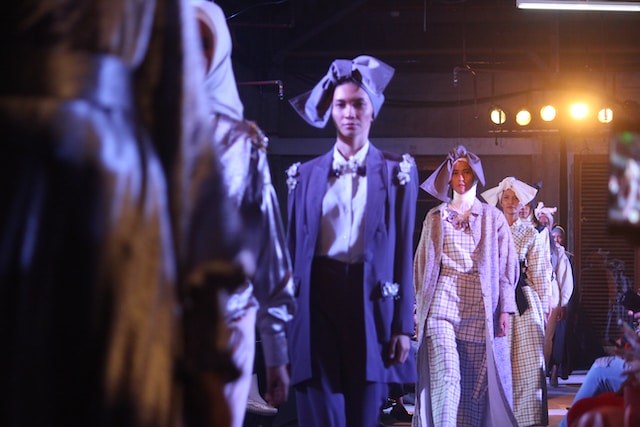
Fashion is a medium of expression that transcends borders and languages, breaking down cultural barriers, entwining diverse cultures, and even influencing politics. It is a platform for celebrating diversity and representation in all its forms, and as such holds immense power to impact individuals and communities. While fashion has traditionally been associated with western culture, a shift is taking place towards more inclusive and diverse representations.
The current global fashion landscape now recognizes and values people of color, ethnic minorities, and different body types, celebrating their unique style and individuality. The rise of the #BlackLivesMatter movement has spurred the industry to prioritize diversity and inclusivity in all aspects of fashion – from casting models to creating marketing campaigns. Fashion brands have taken an active role in promoting cultural diversity, with many collaborations with artists and designers from diverse cultural backgrounds.
Recent fashion shows and campaigns have featured models with an array of skin tones, body shapes, and identities, breaking away from the cookie-cutter mold that once dominated the industry. This change of approach is an attempt by the industry to be more accessible, welcoming, and accepting of people from all walks of life.
Fashion shows across the globe are showcasing their cultures and taking pride in their heritage while creating a space for diverse voices to be heard. We see designers reinterpreting traditional garments in modern ways, creating new fashion hybrids that celebrate diversity and inclusivity.

As a society, we must recognize that fashion and culture go hand in hand, and representation in fashion can help raise awareness of different cultural identities. The message is clear: fashion has the power to bridge the gap between cultures, and inclusivity and diversity should be at the forefront of fashion’s narrative.
What is the relation between fashion and diversity?
For as long as fashion has existed, it has been a symbol of culture and identity. The way we dress reflects our individuality and our connection to the world around us. As society becomes more aware of the importance of representation and diversity, the fashion industry has had to adapt and evolve to stay relevant. Managing cultural diversity in fashion is about more than just showcasing diverse body types or skin colors— it has become a mission for fashion brands to create a space in which everyone can feel seen, valued, and celebrated.
Fashion has the power to inspire, to change attitudes, and to reflect the values and beliefs of a society. Inclusivity and diversity have become the hallmarks of modern fashion, shaping its aesthetics, marketing, and cultural influence. With the rise of social media and the democratization of fashion, consumers have become more vocal about their demands for diverse representation and inclusion. The fashion industry has responded by embracing cultural diversity and creating more opportunities for designers, models, and creatives from different backgrounds to showcase their talent.

Fashion has always been influenced by culture and the world around us. It reflects our values, our heritage, and our aspirations. In a world that becomes more globalized by the minute, fashion has become an essential tool for celebrating our cultural differences while also highlighting our commonalities. By using fashion as a means of promoting cultural diversity, we can create a world that is more understanding, more tolerant, and more inclusive. Fashion is not only about style; it is also about taking a stand for the values that define us as individuals and as a society.
